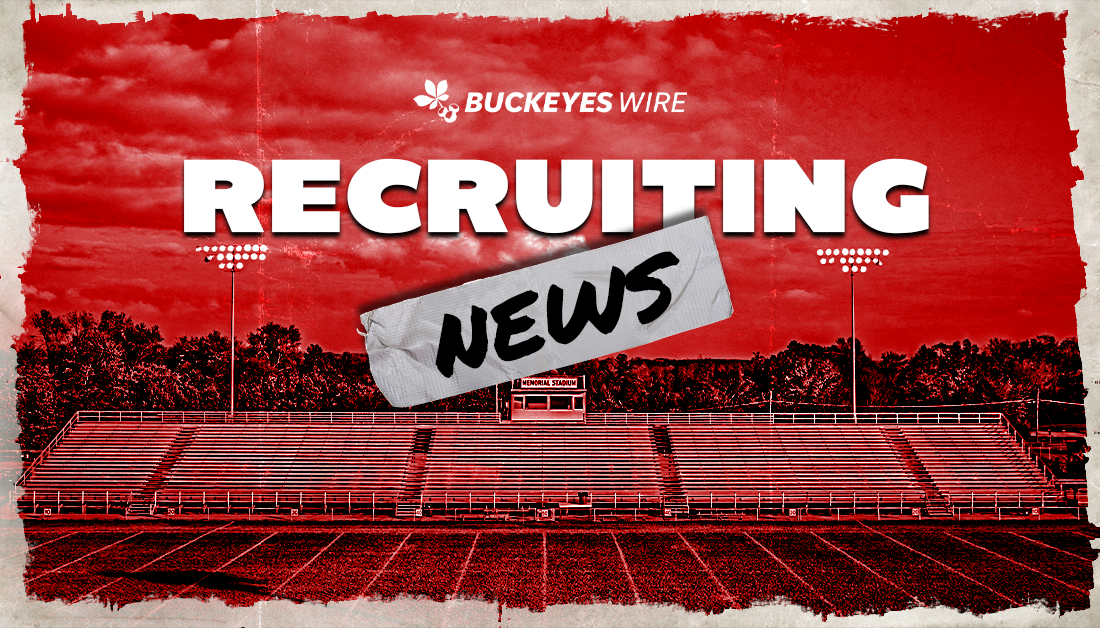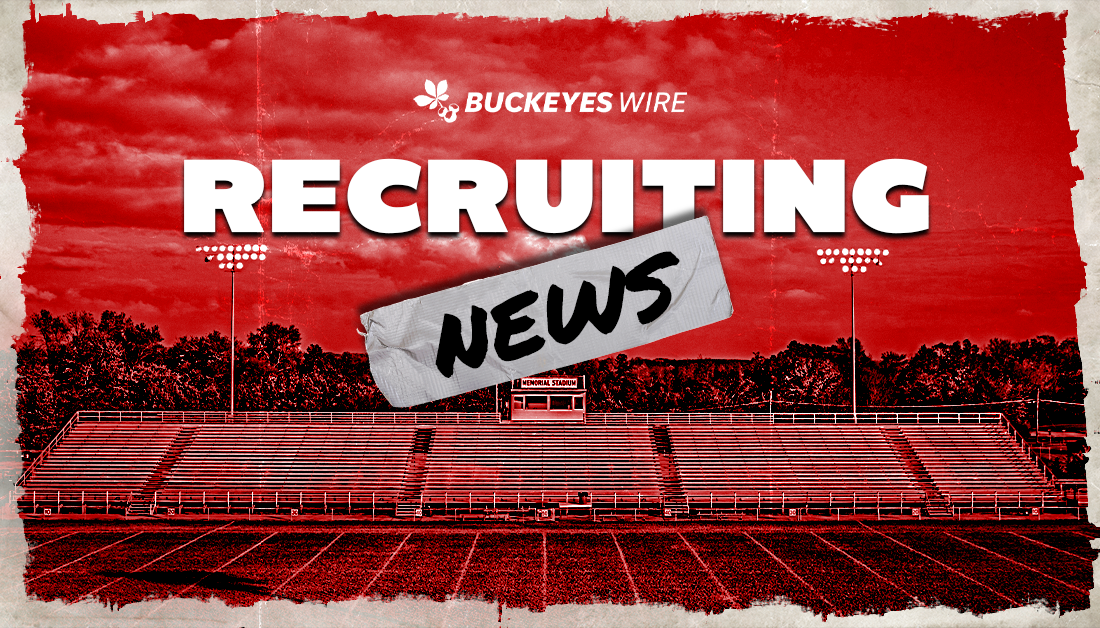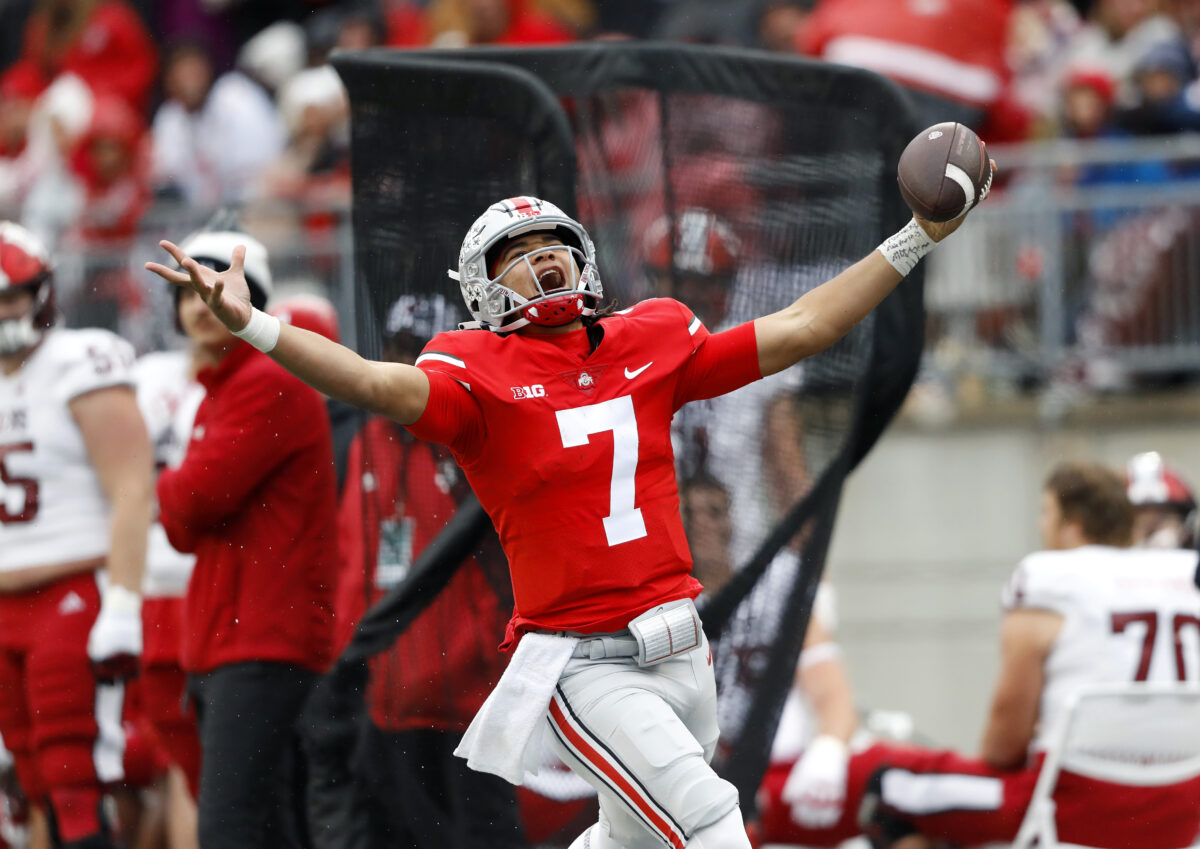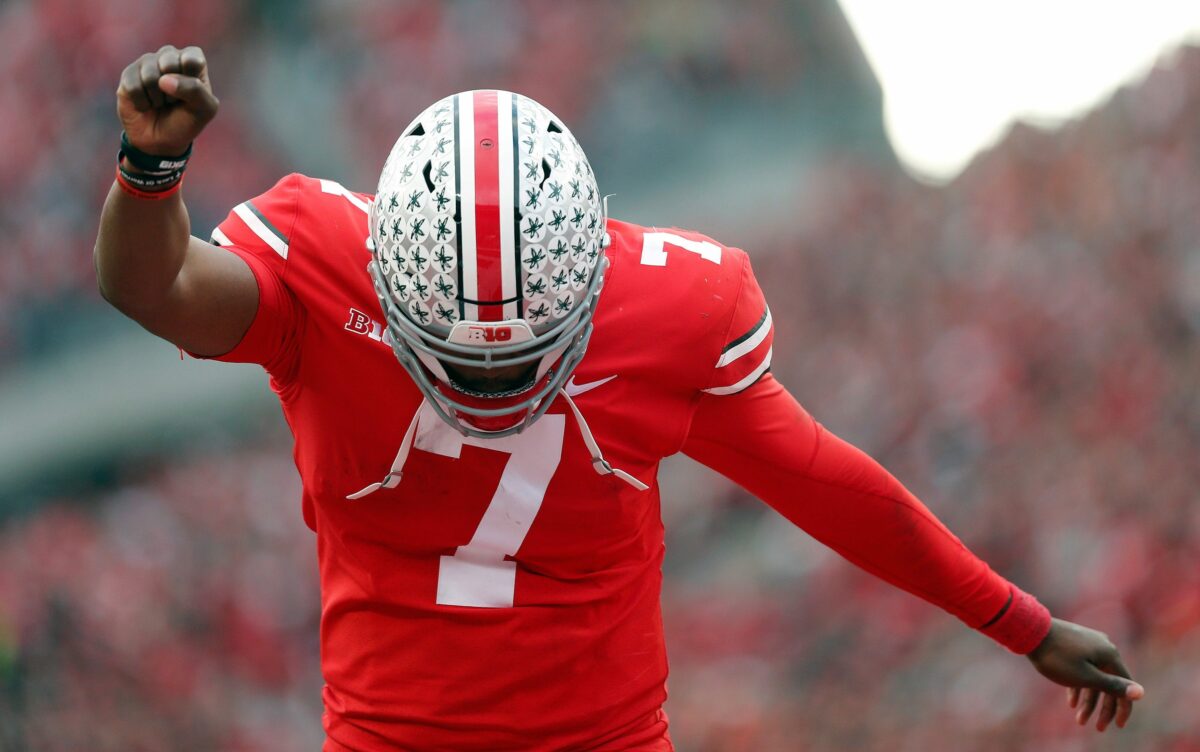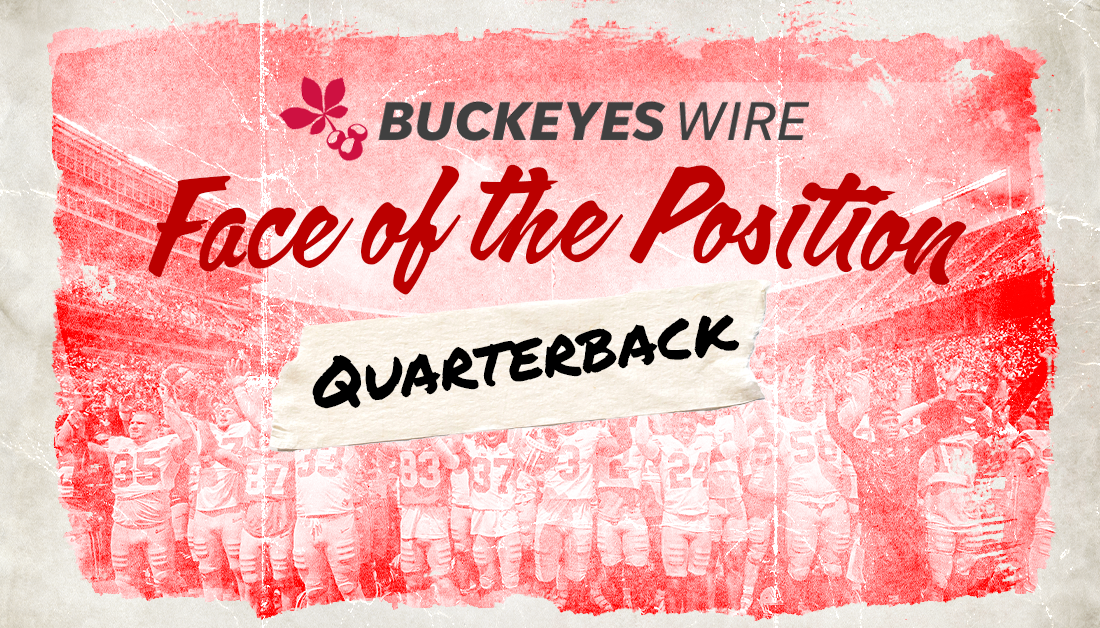Why were obituaries for Marion Barber, Dwayne Haskins, and Marty Schottenheimer so unfeeling? We must understand life beyond the field.
On Wednesday, former Dallas Cowboys and Chicago Bears running back Marion Barber III was found dead in his Frisco, Texas apartment. Barber was just 38 years old. The cause of Barber’s death is unknown at this time, but it’s certainly tragic when anybody dies that young. The resulting obituaries should be handled with sensitivity and grace, and you’d think major news outlets would understand that.
Sadly, this is not always the case. ABC News, who repurposed the Associated Press’ report on Barber’s death via syndication, put this tweet out to link to the story.

What Barber’s yearly yardage totals from 2005 through 2011 had to do with his death is also unknown. But if we want to drill down there, Barber never had more than 238 carries in a season, and he gained at least 885 yards in three different seasons — 885 in 2008, 932 in 2009, and 975 in 2007.
But again, why are we making this part of Barber’s life a headline after his death? Barber was also named to the Pro Bowl in 2007, and he was one of the NFL’s more dominant power runners for a few seasons. Why go where ABC News did?
It’s not the only recent example of a football player receiving inappropriate biographical context upon his passing. When former NFL quarterback Dwayne Haskins was killed at age 24 after he was hit by a truck in Florida on April 9, 2022, ESPN’s Adam Schefter tweeted this:

Is it true that Haskins struggled with two NFL teams after his time at Ohio State? Yes. Is it appropriate to lead a summary of Haskins’ life with those facts? Let’s just say that we should be able to do better. Schefter eventually apologized for the tweet, but the overriding issue remains: When did we decide that leading with somebody’s most prominent struggles was the best way to encapsulate their life upon their death?
When former AFL linebacker and NFL head coach Marty Schottenheimer died on February 8, 2021 at age 77 after a long battle with Alzheimer’s disease, the Washington Post decided to lead Schottenheimer’s obituary with this headline:

The Post changed the headline after the newspaper was justifiably obliterated in the court of public opinion, but under whose watch did this even happen in the first place? Schottenheimer ranks eighth in pro football history as a head coach with 200 regular-season wins. He was also a one-time Pro Bowler as a linebacker for the Buffalo Bills, for whom helped win the AFL title in his rookie season of 1964. Yes, his 5-12 postseason record is noteworthy, but must we lead with it? Is that all there is to Marty Schottenheimer’s life, especially in an era where we’re far more prone to reading the headline from a tweet as opposed to reading the entire story? Editors must be aware of this reality, they must act accordingly, and they must certainly avoid creating clickbait headlines after somebody dies.
The New York Times published an anthology of its most legendary obituaries in 2016, and you can see how these things are supposed to be done. Even the obit for Princess Diana — “Princess Diana, Who Was Beloved, Yet Troubled by Her Crown” — gives you a more complete picture of her life than a simple shot across the bow.
Football is a game in which its purveyors are defined to a large degree by their statistical achievements. That’s entirely fair, but it should not travel with those who have left us… as they leave us. If sports departments don’t know how to write obituaries, they should take some time to learn, or hand the job off to those who know better.
